The ancient murrelet is considered a species of least concern by the international union for the conservation of nature (Cornell University, 2017). Unfortunately within British Columbia the ancient murrelet faces conservation challenges due to the introduction of non-native predators. Half of the global breeding population of ancient murrelets (estimated at 256000 pairs) are located on thirty one islands of the Haida Gwaii archipelago (Harfenist et al, 2002). Other locations of murrelet colonies are Alaska with 200000 estimated pairs, Russia with 35000 individuals and a few thousand individuals are thought to be within China, Korea and Japan (Environment Canada, 2015).

Map of Haida Gwaii showing extant and extirpated ancient murrelet colonies. https://www.registrelep-sararegistry.gc.ca/default.asp?lang=En&n=328630D4-1
Historically the islands of Haida Gwaii had no terrestrial mammalian predators of ancient murrelets (although the native keen’s mouse has been shown to prey upon seabird eggs) (Drever et al, 2000). The introduction of non-native predators such as the black rat (Rattus rattus), the norway rat (Rattus norvegicus) and the common raccoon (Procyon lotor) has resulted in a dramatic decline in ancient murrelet numbers.
Historic estimates place the number of breeding pairs of ancient murrelets on Langara island (located at the northwest tip of haida gwaii) before the introduction of norway rats at 200000 – by 1993 this number was 20000 and further declined to 10000-15000 by 1999 (Environment Canada, 2015). This prompted Parks Canada to start a rat eradication campaign on Langara island. The campaign consisted of placing bait stations, containing the anticoagulant brodifacoum, every 75 to 100 metres over the island for a period of two years. Subsequent monitoring of the island yielded no signs of rats and the island was declared rat free (Taylor et al, 2000) . This successful removal of norway rats saw an increase in ancient murrelet pairs to 20000-30000 by 2004 (Environment Canada, 2015).
Despite the victory on Langara island many small islands within Haida Gwaii with ancient murrelet colonies still experienced predation by introduced predators. Sixteen of the thirty one ancient murrelet colonies found on Haida Gwaii are located within the Gwaii Haanas National Park Reserve (Environment Canada, 2015). In 2011 Parks Canada the Haida Nation and several international partners began project SGin Xaana Sdiihltl’lxa – meaning “night birds returning” in Haida (night birds returning references the ancient murrelets habit of leaving its nest at night). The aim of night birds returning was the eradication of rats from islands containing seabird colonies located within Gwaii Haanas. The first phase of night birds returning was the removal of rats from Arichika and the Bischof Islands – sites of expatriated ancient murrelet colonies. The eradication program took three months of on the ground rodenticide placement and rat carcase removal.
In 2013 the project shifted focus to the removal of rats from two larger islands Murchison and Faraday. The size of these islands made the manual placement of rodenticide impractical therefore an aerial broadcast of rodenticide was used via helicopter (Parks Canada, 2017).
In 2016 after two years of post eradication monitoring (to allow any remaining rats on the islands to return to detectable population levels) the four islands targeted by project night birds returning were declared rat free. Subsequently ancient murrelets have been reported breeding on Arichika island. The Bischof Islands have seen an increase of other sea birds, such as: Fork-tailed Storm Petrels, Leach’s Storm Petrels, and Pigeon Guillemots (Coastal Conservation, 2017). Black Oystercatchers, considered a sentinel species that responds quickly to environmental changes, have been increasing in number. Hopefully the future sees these successes maintained as the ancient murrelet is a fascinating (and adorable) bird – our hearts would be truly bereft without it.
References:
Coastal Conservation. http://coastalconservation.ca/projects/night-birds-returning-haida-gwaii-british-columbia/ Accessed october 22, 2017.
Drever, M. C., Blight, L. K., Hobson, K. A., & Bertram, D. F. (2000). Predation on seabird eggs by keen’s mice (peromyscus keeni): Using stable isotopes to decipher the diet of a terrestrial omnivore on a remote offshore island. Canadian Journal of Zoology, 78(11), 2010-2018. doi:10.1139/cjz-78-11-2010
Environment Canada. 2015. Management Plan for the Ancient Murrelet (Synthliboramphus antiquus) in Canada [Proposed]. Species at Risk Act Management Plan Series. Environment Canada, Ottawa. iii + 33 pp.
Harfenist, A., N.A. Sloan, and P.M. Bartier. 2002. Living marine legacy of Gwaii Haanas III:
marine bird baseline to 2000 and marine bird-related management issues throughout the Haida Gwaii region. Parks Canada Technical Report in Ecosystem Science Report 036: 164 p.
Taylor, R. H., Kaiser, G. W., & Drever, M. C. (2000). Eradication of norway rats for recovery of seabird habitat on langara island, british columbia. Restoration Ecology, 8(2), 151-160. doi:10.1046/j.1526-100x.2000.80022.x
Parks Canada. 2017. SGin Xaana Sdiihltl’lxa: Night Birds Returning. https://www.pc.gc.ca/en/pn-np/bc/gwaiihaanas/info/enviro/restauration-restoration/retour-return
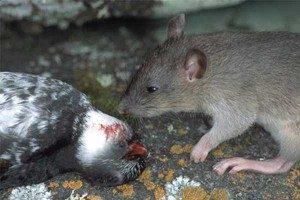
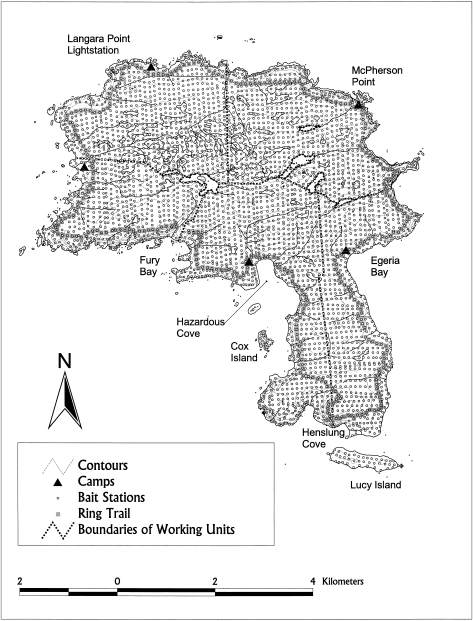
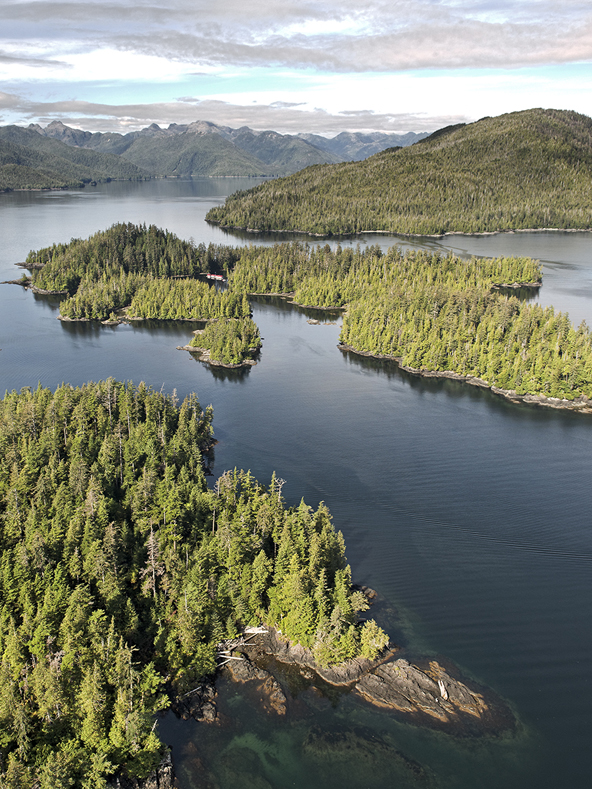
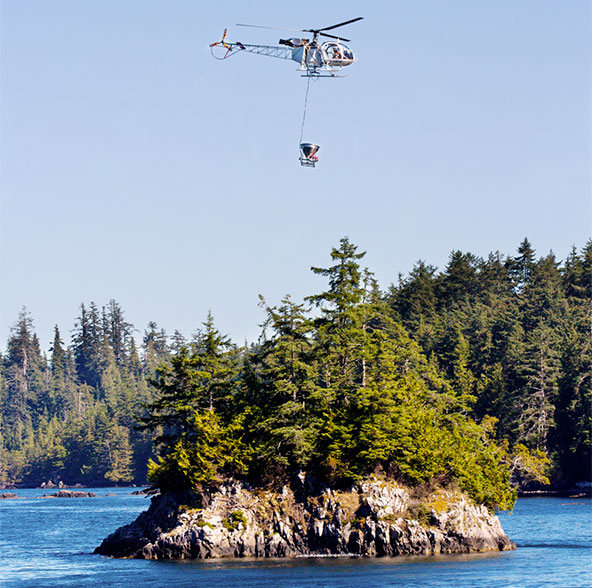
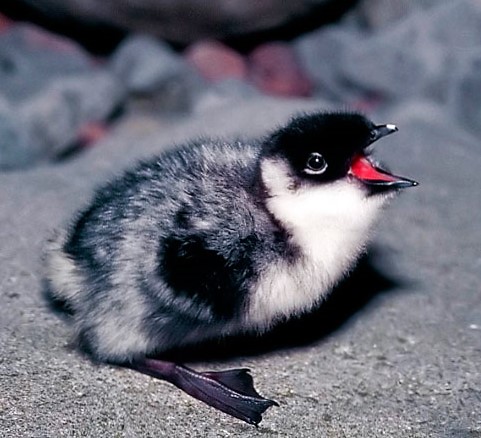
So glad to see they’re making a comeback with the absence of rodents on the islands!
Did the study look in to the effects of the rodenticide on any other animals that utilize that area? I expect being on smaller coastal islands that there is potential for the application of rodenticide to have an impact on other life, terrestrial or even marine. Were controls implemented for this?
Hey Alex, thanks for the comment. The study I read didn’t look into the effect of rodenticide use on other animals per se… but did mention it. Unfortunately the ravens on Langara Island figured out how to open the bait stations (naturally) and were scavenging rat carcasses – subsequently more than half of the ravens on Langara died 🙁 If I remember correctly the efforts on other islands apparently had people on the ground collecting rat corpses, maybe this was to prevent scavenging?
The study also didn’t mention anything about other potential environmental impacts but did state that the technique of using rodenticide on small coastal islands had been developed in New Zealand, so… hopefully such things were taken into consideration by somebody at some point during the development of coastal island rodenticide use :/
Interesting summary. Do the authors discuss if there’s a risk of rats still returning to the islands? Do they tend to swim to disperse?
Hey Eric. There is still a risk of rats returning to the islands, as they’re apparently prodigious swimmers, so Parks Canada is maintaining a monitoring program. Unfortunately an update from september this year (possibly after I wrote this blog) says that signs of a renewed Norway rat infestation has been found on Murchison and Faraday Islands.